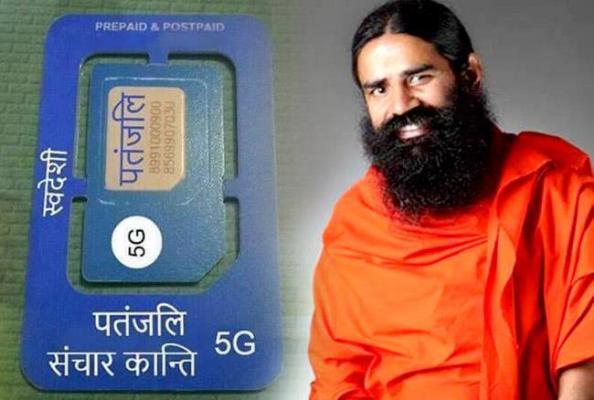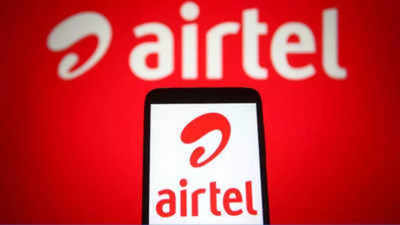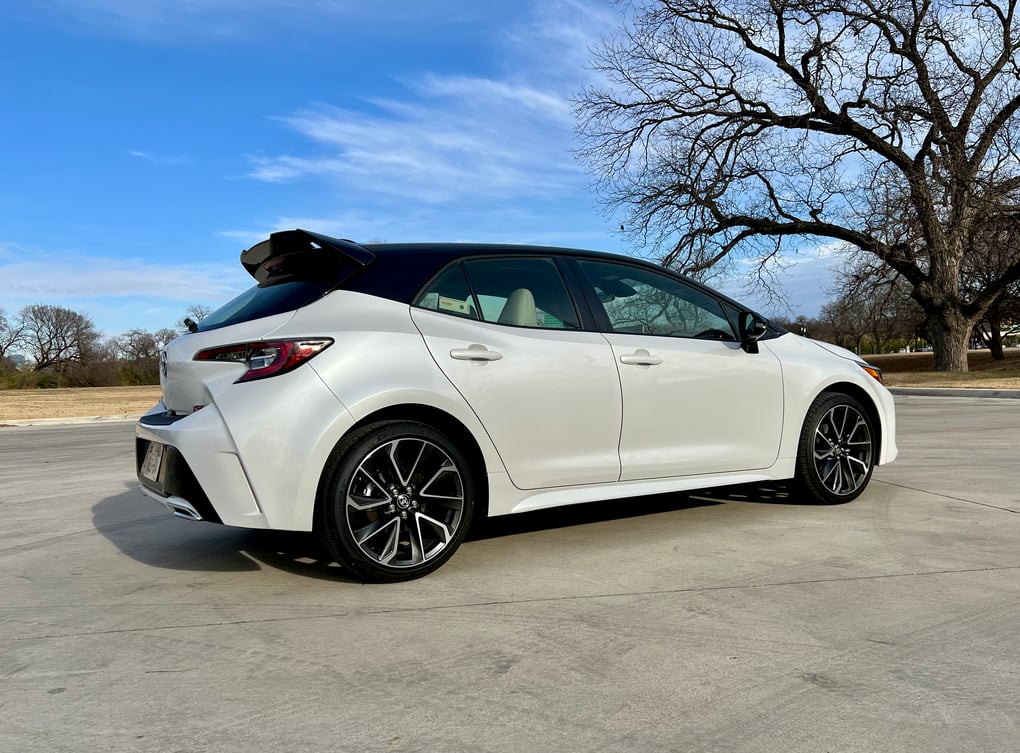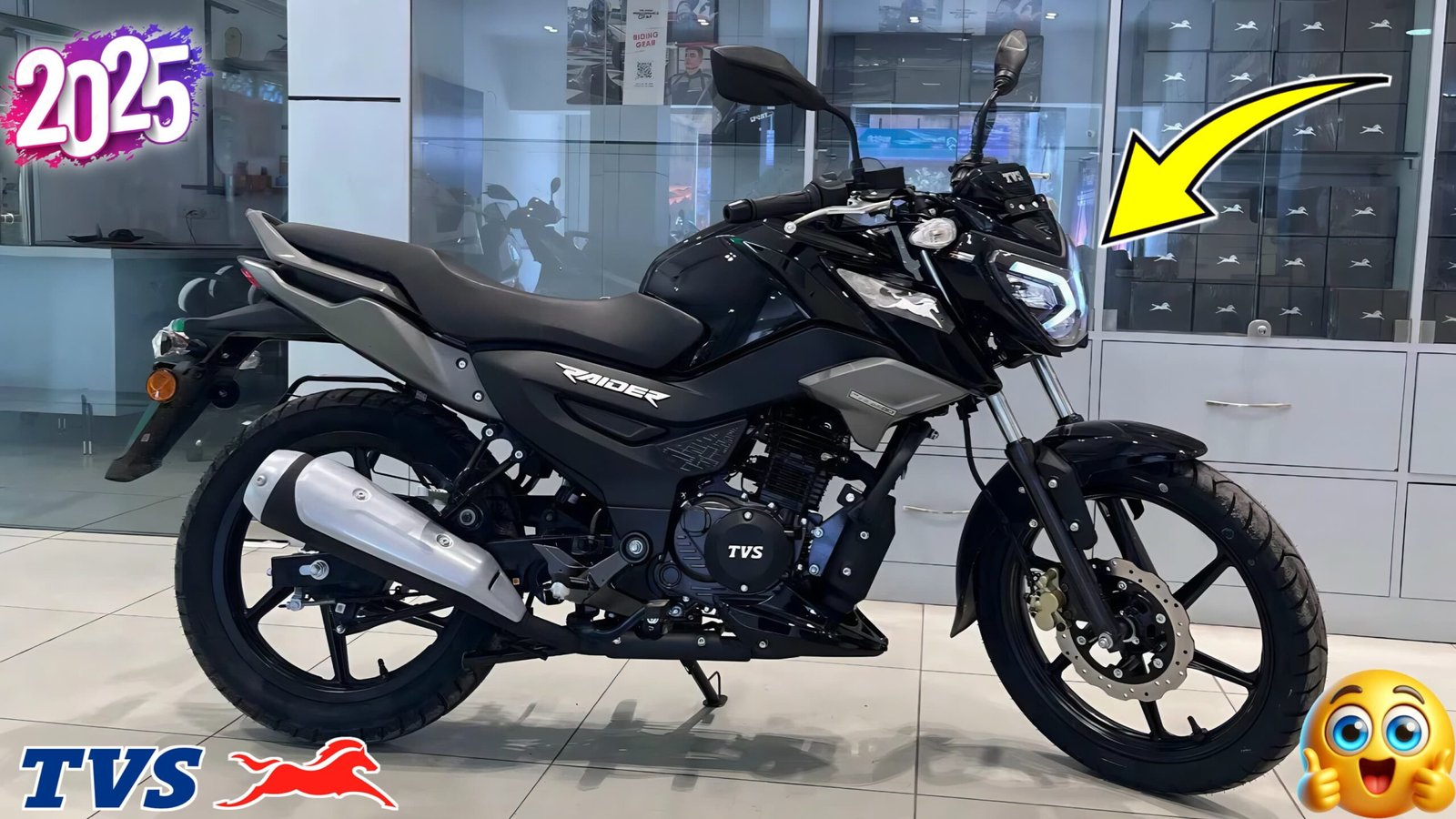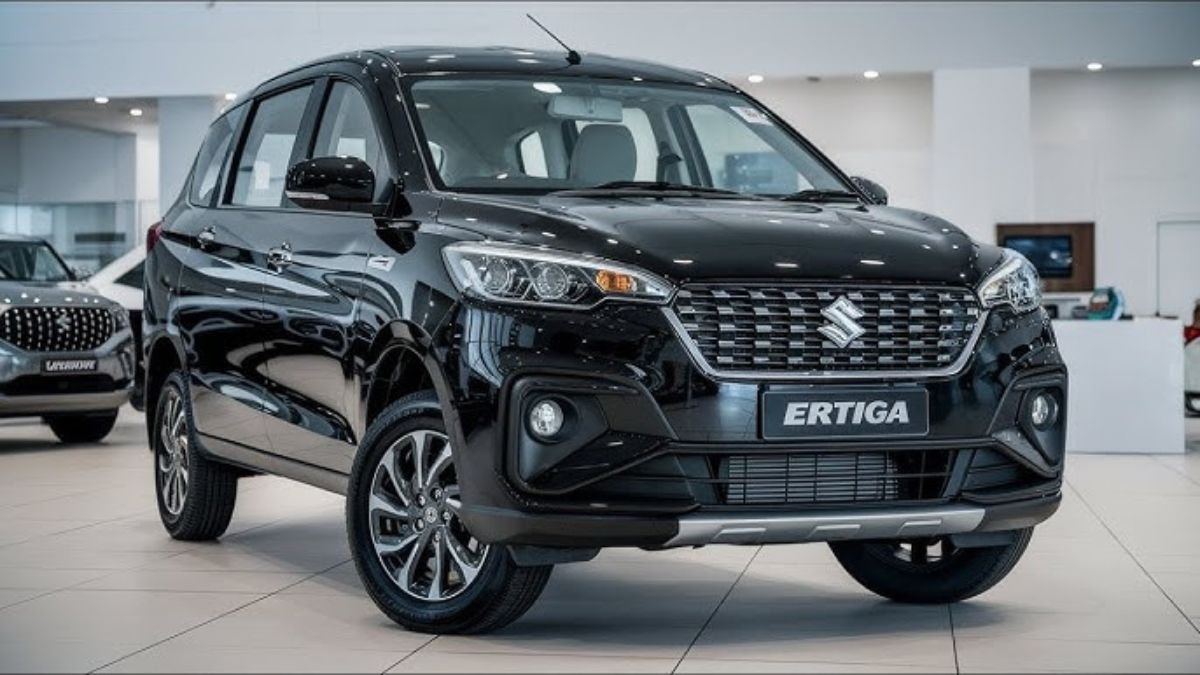A Solar AC is a split or window air conditioner that pulls its running power from rooftop photovoltaic panels instead of the electricity grid. Sunlight is converted directly to DC energy, routed through a smart inverter, and fed to the compressor and fans. Most models include a lithium-ion battery pack plus an optional grid link, so cooling continues after sunset and during cloudy spells. The setup slashes your monthly utility bill because daytime operation draws free renewable energy rather than paid units from the meter.
Why Solar AC Beats Conventional Cooling
Traditional air conditioners are notorious for driving summer bills into four digits. A one-ton unit can consume 900 to 1100 watts every hour, translating to thousands of rupees over a single season. Solar AC flips that equation. Panels on the roof generate the same amount of power your AC needs, so the meter barely moves. Maintenance costs stay low because solar electronics have few moving parts, and the compressor workload drops whenever the battery feeds extra current during peak demand. The result is a quiet machine that cools like its grid-tied cousin yet costs almost nothing to run.
Core Technology Behind 24-Hour Operation
Modern Solar AC systems rely on three pillars. First, high-efficiency bifacial panels create up to 25 percent more output by harvesting reflected light from the roof surface. Second, an MPPT-based inverter keeps voltage levels in the sweet spot for the compressor and indoor blower, protecting components from surges. Third, a lithium-ion battery rated between 1.5 and 3 kWh stores surplus energy for night use. In hybrid variants the inverter automatically switches to mains when the battery drops below a preset threshold, guaranteeing continuous cooling during long monsoon spells.
Who Should Consider It
Students in hostels, tenants in paying-guest housing, small office owners, and homeowners battling extended heat waves stand to gain the most. Hostels and PG rooms reap instant savings because landlords often include electricity in rent; replacing legacy units with Solar AC cuts their monthly overhead. Offices that run AC eight to ten hours a day enjoy up to eighty percent lower power expenses, freeing capital for core business needs. Even rural clinics and classrooms where grid supply is unreliable can maintain indoor comfort without diesel generators, thanks to the onboard battery.
Capacity Choices and Performance Specs
Indian suppliers currently offer Solar AC units from one ton to two tons. The one-ton class cools a 100–140 square-foot room and starts at roughly forty-five thousand rupees for the indoor and outdoor units. Two-ton versions suit halls or lecture rooms up to 250 square feet and can cost up to seventy-five thousand. Both sizes carry five-star energy ratings and inverter compressors for step-less speed control, pushing seasonal efficiency ratios well above conventional machines. Noise output stays below forty-five decibels, similar to a library, so late-night study sessions stay undisturbed.
Installation, Warranties, and Maintenance
A full solar cooling package combines the AC hardware with rooftop panels, mounting rails, earthing equipment, DC cabling, MC4 connectors, a hybrid inverter, and the battery pack. Vendors typically include professional installation in the quote. Panel manufacturers promise twenty-five years of performance at or above eighty percent of original output. Batteries arrive with five-to-seven-year coverage, while the AC unit itself receives one year of comprehensive service, up to five years on the PCB, and ten years on the compressor. Annual cleaning of filters and a biannual panel wash keep efficiency high without costly service calls.
Cost Breakdown and Payback Time
For a hostel or PG room choosing a one-ton Solar AC, expect these figures: indoor-outdoor units ₹45,000 to ₹70,000 depending on brand, three to four bifacial panels ₹25,000, hybrid inverter ₹15,000, battery pack ₹12,000, and accessories plus labour around ₹8,000. The grand total approaches one lakh rupees. That investment produces free cooling worth nearly three thousand rupees per month, paying itself off in three summers. Panels then keep delivering no-cost electricity for two more decades, placing your effective cost per cooling season near zero.
Buying Tips and Checklist
Confirm panel capacity: at least 1.5 kW for a one-ton AC and 2.5 kW for a two-ton model. Choose an inverter that supports Wi-Fi so you can track real-time generation and consumption on your phone. Insist on lithium-ion batteries rather than lead-acid; they charge faster and survive twice as many cycles. Verify that the vendor handles government paperwork for rooftop solar subsidies, which can refund up to thirty percent of panel and inverter costs. Finally, check service coverage in your pin code because warranty repairs require certified technicians.
Final Thoughts on Solar AC Value
A Solar AC looks like a premium purchase at first glance, yet its long-term savings dwarf the outlay. By turning free sunlight into chilled air, the unit offloads the heaviest component of your summer electricity bill. For renters, students, and small businesses, the technology opens a path to comfort without financial strain, while homeowners gain future-proof cooling that buffers them from rising energy tariffs. Invest once, enjoy twenty-five years of sun-powered relief, and wave goodbye to surprise bills when monsoon humidity or pre-exam heat sets in.

